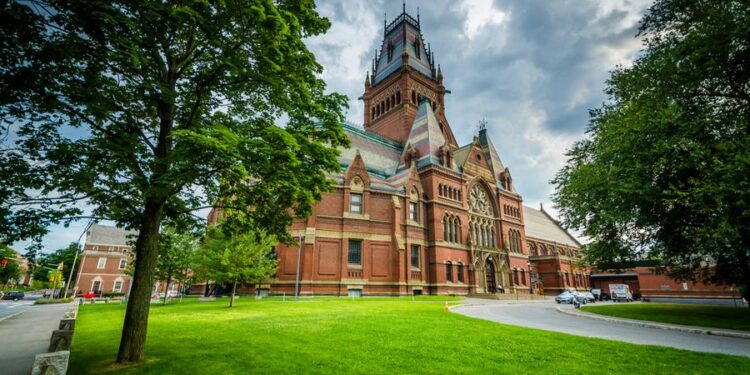“Claims should demonstrate the significance of the object to the claimant, a category that could include sacred, cultural, religious, national, communal, or historical importance. How does the absence of the item affect the claimant community? Does the significance or other attribute of the item make it unsuitable for display and/or continued research? Are there other claimants?” the policy says.
As of June 7, no one has reached out to Harvard requesting the St. Sebastian relic, according to Conley.
The Archdiocese of Boston did not respond to a request for comment about the alleged relic at Harvard.
Harvard’s policy for the return of human remains is an extension of the school’s commitment to fulfill its legal obligation as outlined in federal law via the Native American Graves Protection and Repatriation Act of 1990 (NAGPRA). That law provides for the return of Native American human remains and cultural objects to the Native peoples.
Holly Jensen, a Harvard Faculty of Arts and Sciences spokeswoman, told Harvard’s student university newspaper in February that the school’s Peabody Museum has repatriated over 40% of its more than 10,000 held Indigenous “ancestors” under NAGPRA.
The Peabody Museum wrote on its website that “to address return of cultural items beyond NAGPRA, Harvard University published guidelines on the Consideration of Claims for the Return of Items in Harvard University Collections (2022),” which is the name of the policy.
Relics in other museums
According to Pilcher, the problem of relics in secular places is wider than just Harvard: “Any art museum of reasonable size in a large American city possesses sacred relics.”
In the Art Institute of Chicago, there is a relic of St. Christina. The museum also has relics of St. Anne, Sts. Bernward and Godehard of Hildesheim, St. Anianus, and St. Lawrence.
In the Cleveland Museum of Art, there is another bone relic of St. Sebastian. And in New York’s Metropolitan Museum of Art, there is a copper reliquary from Italy that is purported to hold the tooth of St. Mary Magdalene.
Some reliquaries in American museums appear to still be holding objects inside them, such as this one from the Detroit Institute of Arts. However, its online exhibit does not specify whether the relic is still held within.
Martins said that relics “possess an innate sacredness” and are forbidden to be sold under canon laws.
“They are not sacramentals (e.g., rosaries, water, scapulars, crucifixes) that are blessed and become holy through the blessing (i.e., water that is blessed is called holy water),” he said.
“Relics are holy in and of themselves simply by being what they are — an object associated with a saint, who is a ‘temple of the Holy Spirit,’” he said.
Credit: Source link




